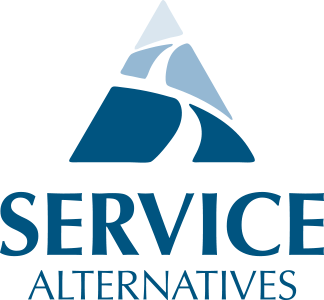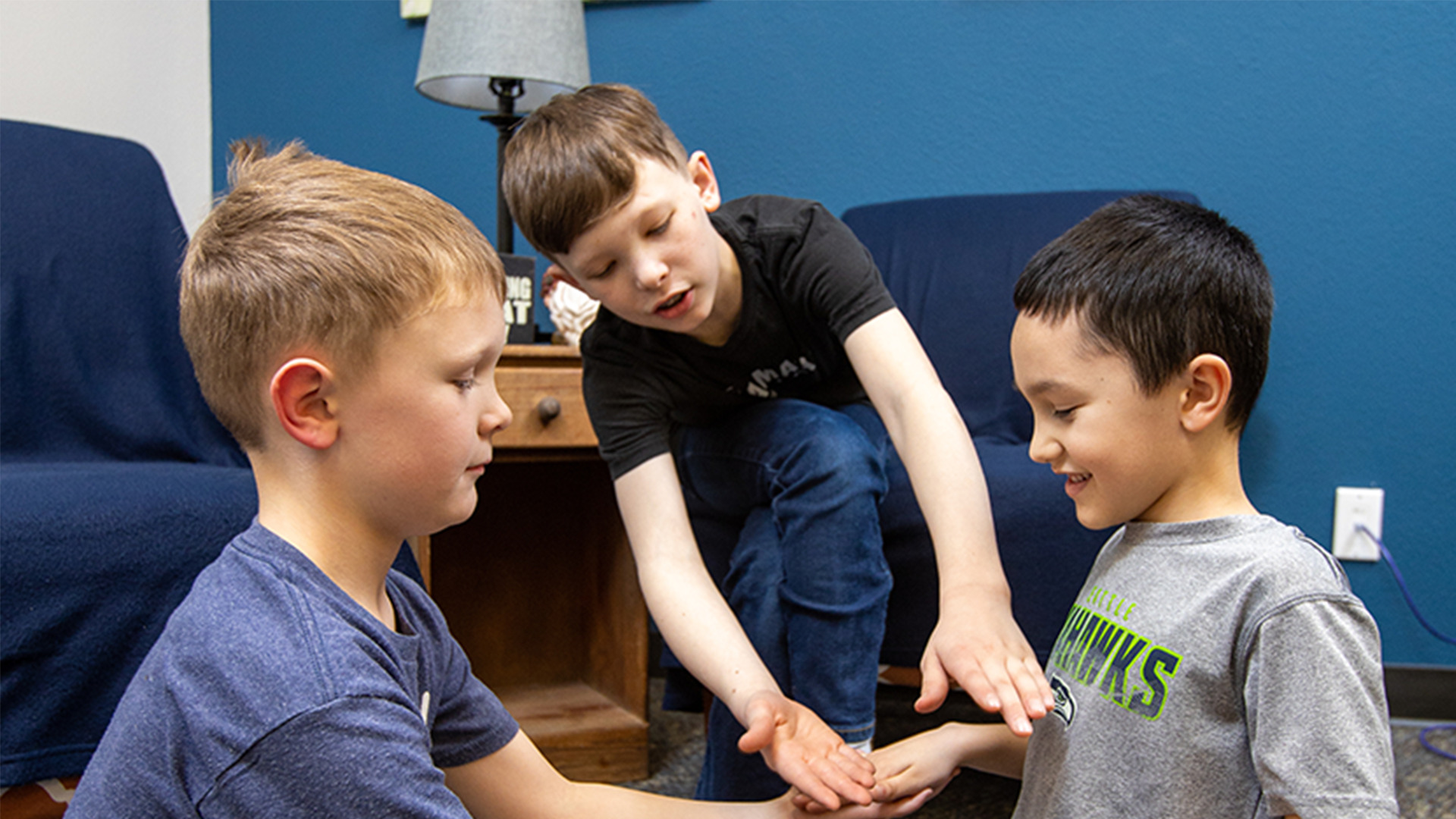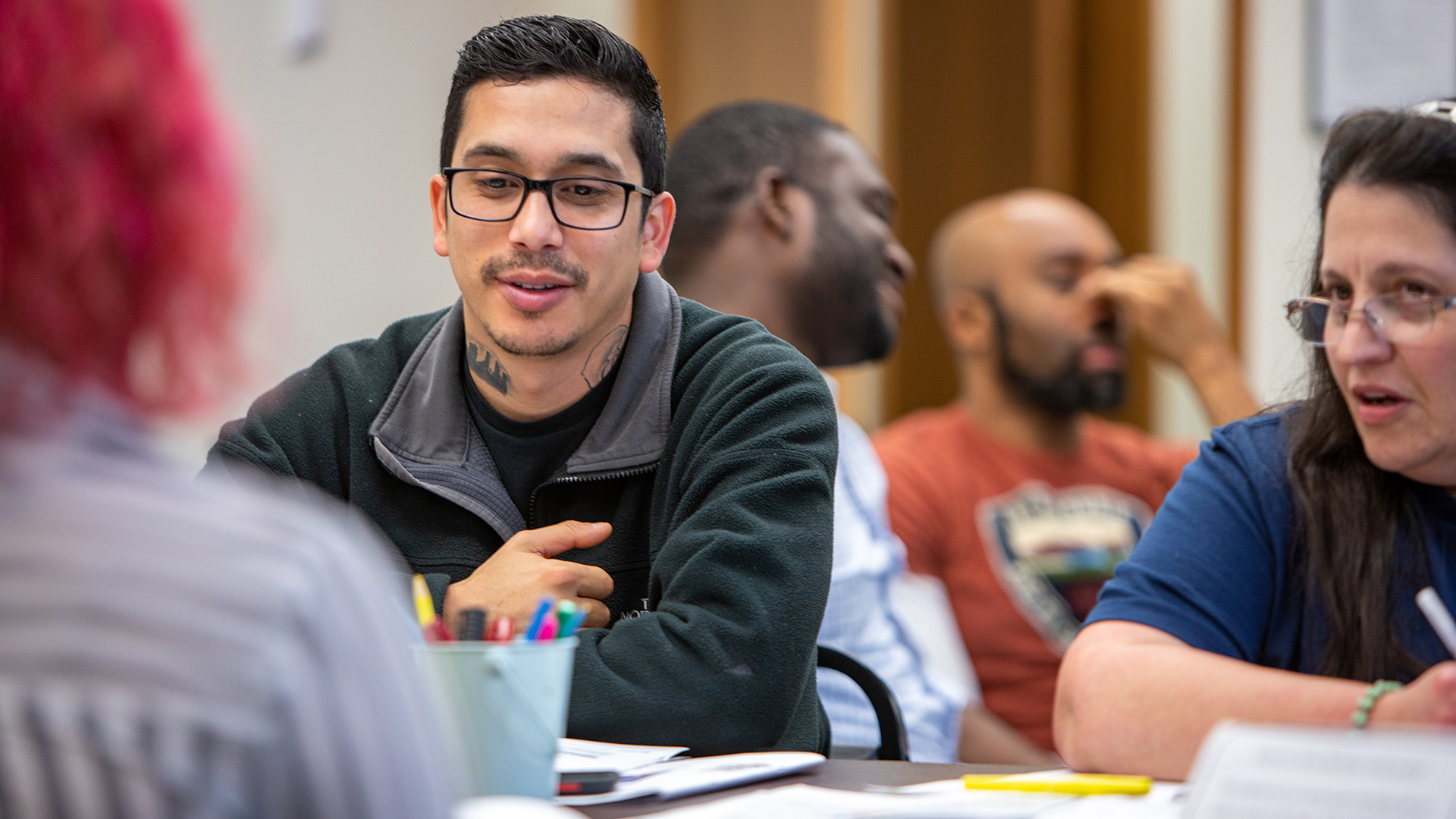Most of us have experienced rigid presentations. Sometimes, it can be like a train barreling to the destination—no stops or breaks down a single rail without deviation.
A good presentation is like a chicken. You can move, rotate, and pull a chicken in any direction, but it can keep its head steady. In a dynamic presentation, you may need to change the tone, pacing, and delivery of your presentation based on shifting needs, but you keep your objective steady. Also, like a chicken, if you lose sight of your objective, you might flail around for a bit, but your presentation is dead.
Below, we go into the five “BE”s of dynamic presentations so that you, too, can embrace your inner chicken, and then we’ll never speak of this forced analogy again.
Be Prepared –
Your presentation doesn’t start when you begin speaking. Your presentation begins the moment you arrive at the venue.
- Do you have all your presentation materials on hand?
- Have you rehearsed the presentation?
- Do you know who your audience is?
- Do you know what equipment your venue has for audio/visual portions of your presentation?
Your audience will begin evaluating your presentation the moment they meet you. Being prepared is the best way to ensure your presentation starts well.
A dynamic presentation bends to the needs of the audience. There will be times when a participant shifts the presentation with an unexpected question or comment. The more you prepare, the better you will handle surprises.
Tip:Rehearse your presentation in a mirror or on video. This will allow you to practice your gestures and ensure your body language is in alignment with the content of your speech. A video of your presentation allows you to review your timing and pacing.
Be Organized –
To be organized is more than the content of your presentation. It’s a description of you as a presenter. You need to be organized. There are a variety of presentation types, not all of which require the content to be carefully organized. A presentation is a method of delivering an idea, message, or experience to an audience. If you keep yourself organized, you will be better able to deliver a dynamic presentation.
Tip: Build benchmarks into your presentation. What do you need to hit for completion? What do you need to cover to achieve excellence? Tracking your benchmarks as you provide the presentation keeps you on track, even if delivered in an unexpected way or order.
Be Knowledgeable –
Presentations are unique from books, podcasts, and articles in that there is an opportunity for the audience to directly engage with the presenter. As the presenter, you are expected to provide information relevant to your topic beyond the scope of your presentation. You are seen as a Subject Matter Expert (SME) for the topic you’re presenting on.
Tip: In your research, if a paper cites a source, find the original source and study it. If you provide a handout with references, be prepared to provide additional resources to participants beyond your handout’s bibliography.
Be Humble –
While you should be knowledgeable about the topic of your presentation, you want to avoid arrogance. Recognize the limits of your experience and perspective. If you’re presenting to an industry you’ve never worked in, you shouldn’t pretend to know the ins-and-outs of their daily work. Solicit examples from the audience to demonstrate how the presentation connects to their work. Being an expert in your material and humble in your experience builds confidence in your audience.
A dynamic presentation should also be built with cultural competencies in mind. Good information and messages know no barriers, but our delivery should be catered such that it ensures that anyone can hear what you’ve presented as you’ve intended. Being humble is a great step toward that end.
Tip: Use an icebreaker to get to know your audience. Humility should be authentic—knowing the experiences your participants are facing can build genuine humility in your position as a support for them.
Be Flexible –
Your video stopped playing, the battery in your laptop is dead, the speakers have failed, the microphone is screeching with feedback, the handouts printed with a few missing pages, and a storm resulted in the venue delaying your presentation by half an hour. Yet the show must still go on!
Equipment and tools can help build a more dynamic presentation, but the most important source in delivering a presentation is you. A hammer left on a bench won’t do much work unless there’s a builder. Constructing your presentation in a way that allows for critical failure of your tools allows you to adapt as necessary to your environment.
Dynamic presentations also feature multiple methods of information delivery to meet the different learning preferences of the audience. Self-study, group work, partners, readings, videos, and practical exercises all work together to build a more dynamic presentation.
Another form of flexibility is prioritizing topics based on participant needs. A dynamic presentation isn’t a one-way road of information. You respond to verbal and non-verbal feedback from your participants to make sure your message is clear.
Tip: Create pauses in your presentation to solicit questions. For those folks who may have a question, but not wish to speak up during the presentation, leave yourself available during a break for people to approach you one-on-one.
This blog post is inspired and adapted from SATI’s Training Skills Academy workshop Dynamic Presentations. If you are interested in learning more about dynamic presentations or would like to attend or host the workshop to build your skills as a trainer, please contact usby directing your request to Training Institute Services.








